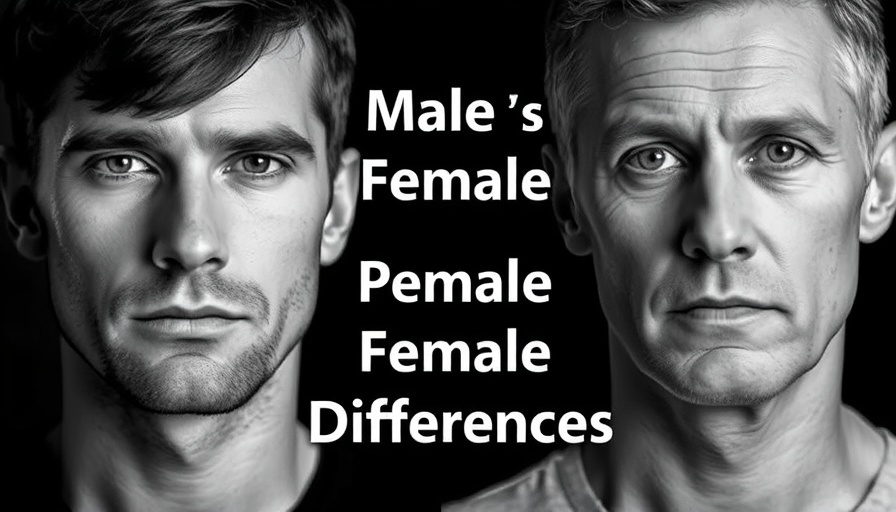
Understanding Male vs. Female Brain Differences
In a fascinating exploration into the neural workings of our personalities and behaviors, Dr. Nirao Shah joins Andrew Huberman to discuss how male and female brains function differently—and how these differences can be traced back to genes and hormones. As we delve into this complex subject, it becomes clear that biology plays a vital role in shaping not only our physical attributes but our very identities.
In 'Male vs. Female Brain Differences & How They Arise From Genes & Hormones', the discussion dives into the intricate biological and hormonal factors that create distinctions between male and female brain functions.
The Biological Basis of Sex Differences
Sex differences in the brain primarily stem from the influence of hormones like testosterone and estrogen during critical periods of development. Dr. Shah highlights how, during gestation and postnatally, these hormones essentially “organize” the brain, affecting everything from aggression to sexual behavior. The presence of testosterone, for instance, can lead to the development of traits traditionally associated with masculinity, while the absence of this hormone contributes to what is commonly recognized as femininity.
The Critical Role of Genes
The discussion navigates into the genetic mechanisms behind these differences, particularly the SRY gene on the Y chromosome, which essentially serves as a determinant for male physical and behavioral characteristics. In short, this singular gene governs a vast range of biological processes—including brain development—while females with two X chromosomes do not have the presence of this gene and, consequently, develop along a different hormonal and neural pathway.
Plasticity and Behavior Across Life Stages
An important point raised is how these differences can lead to varied behaviors throughout life. Dr. Shah explains that the wiring of male versus female brains can lead to differences in how we make decisions, interpret threats, or even navigate social situations. This understanding can shine a light on everyday interactions and may help us grasp the nuances of mental and emotional wellness in both genders.
Influence of Environment and Social Structures
Another angle to consider is how social structure and environment can shape these biological frameworks. The video reveals that while genetic influences are significant, they are not the sole determinants of behavior or identity. Cultural expectations can impact how individuals express themselves, particularly in terms of aggression and nurturing behaviors. It's a discussion that urges us to look beyond biology alone to understand the societal and cultural complexities that inform our experiences.
Addressing Mental Health in Context of Gender Differences
Furthermore, the insights gathered can have implications on mental health, especially as they relate to understanding gender-specific challenges. Recognizing that men and women might experience the world differently offers an opportunity for tailored approaches to mental health support and interventions.
In sum, this dialogue reveals the intricate interconnections between biology and behavior, urging us to appreciate the uniqueness of each person's experience. As we continue to uncover how our biological differences play into our identities and interactions, it becomes increasingly essential to approach both health and social issues with an informed lens.
 Add Row
Add Row  Add
Add 


Write A Comment